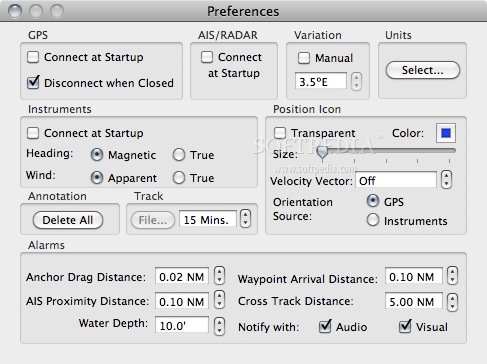

The design constraints establish a SDA-CS restoration method for simultaneous feature extraction, and compressive imaging by identifying global and invariant features and is robust against illumination noise. This chapter studied a novel strategy to design structured stacked denoising autoencoder (SDA) with binary high dimensional matrices of compressing sampling (HDM), which is a deep learning algorithm, based on promoting linear independence between rows by reducing the number of zero singular values. However, the clinical pre-processing and classification approach usually contains noise induced by camera illumination and lighting effects, resulting in the loss of information in the features that are essential for detecting disease.

BEWARE - GPS2IP is not able to be used for the Apple turn-by-turn navigation app, or Google Maps, or most car. If you need GPS NMEA location data for your computer or other device, with GPS2IP you can stream the information in realtime to solve your requirements.
#Macenc download download#
Standard stacked denoising autoencoder compression sampling (SDA-CS) approach improves compression sampling process by extracting features functional for disease detection from samples recorded using microscope. Download GPS2IP Lite and enjoy it on your iPhone, iPad and iPod touch. In this article, we will discuss 5G in IoT, reasons why we don’t yet have 5G, address some of these techniques, characteristics and a security challenge that may face the fifth generation when it is used. 5G network speed and accessibility are more powerful, and will jump from the mobile Internet to really connect all things, so that urban life, including transportation, security, education, tourism, and other aspects, become more intelligent, artificially intelligent, automatic driving, remote surgery, smart cities will be popularized, All things connected, because of 5G. They use a spectrum of 3.5 GHz and speeds tested range from 193 to 430 Mbit/s.
#Macenc download plus#
In South Korea, SK Telecom claimed 38,000 base stations, KT Corporation 30,000 and LG U Plus 18,000. The first relatively large deployments took place in April 2019. The fifth generation is expected to include a significant increase in bandwidth with high-frequency carriers, high density in connection stations and a large number of antennas in each communication device. South Korea, Japan, and Europe are all investing in considerable resources to develop 5G networks. With the high demand for faster speeds and the greater volume of information exchange, 4G will be unable to meet these requirements.


 0 kommentar(er)
0 kommentar(er)
